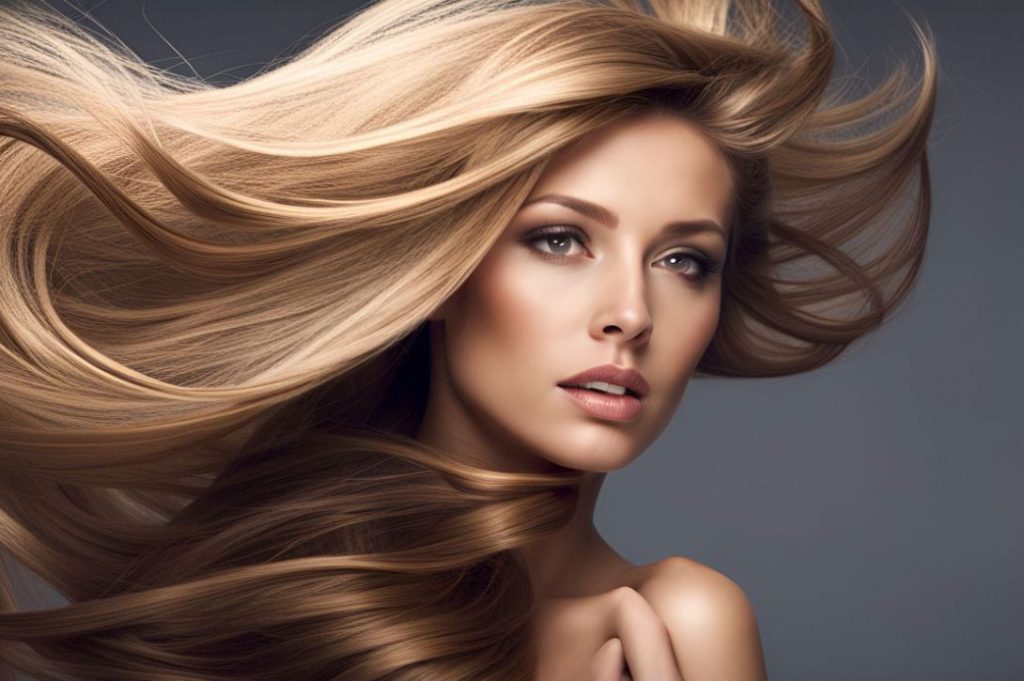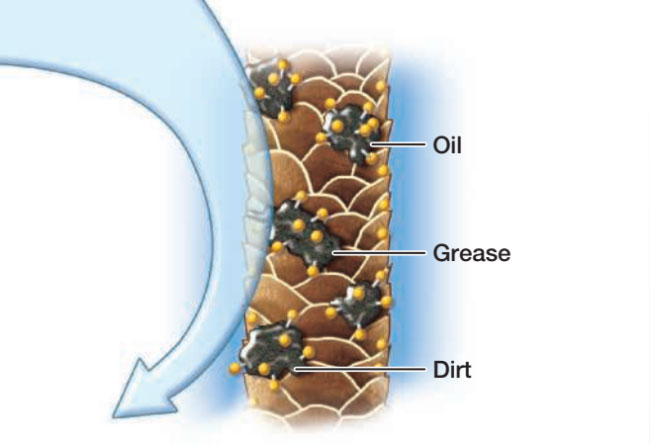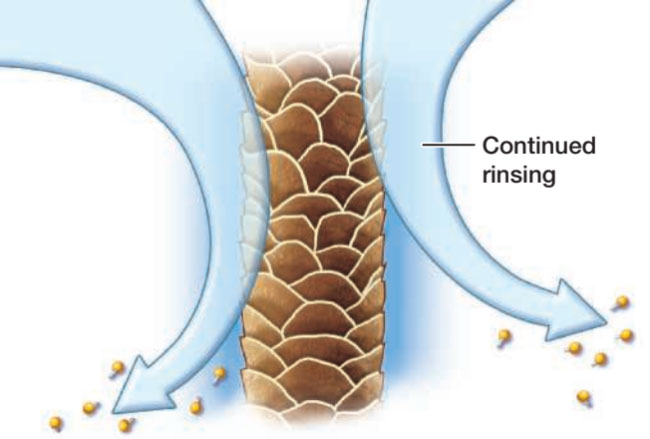Decoding Shampoos: Ingredients, Science, and Selection in Hairdressing
Shampoos are integral to the hair care routine. For hairdressers, choosing the right shampoo can be the first step to addressing a client’s hair needs. But what’s inside the bottle? This article will delve into the science and composition of shampoos, offering insights on how these ingredients work and how they affect different hair types.

The Anatomy of a Shampoo
1. The Foundation: Water
- Purpose: Forms the base of the shampoo.
- Types: Purified or deionized water, devoid of impurities like calcium, magnesium, and other metal ions that might destabilize the product.
2. The Cleanser: Surfactants
- Purpose: Surfactants, or surface-active agents, are responsible for the actual cleaning process during a wash.
- Science Behind Surfactants: A surfactant molecule consists of two essential parts:
- Hydrophilic Head (Water-loving): Attracts water during the washing process.
- Lipophilic Tail (Oil-loving): Binds to oils, dirt, and deposits on the scalp and hair.
- Shampooing Action: These dual properties allow surfactants to encapsulate and lift away oil and dirt from the hair, making it possible to rinse them off.
3. The Extras: Additives
- Moisturizers: Essential for dry, brittle hair. They not only add moisture but also help in retaining it, ensuring hair remains soft and pliable.
- Oils: These can be natural (like argan oil or jojoba oil) or synthetic. They serve to nourish the hair and add shine.
- Proteins: Help in strengthening hair strands, making them less prone to breakage.
- Foam Enhancers: While foam isn’t a direct indicator of cleansing ability, it adds to the sensory experience of shampooing.
- Fragrance: Beyond lending a pleasant aroma, fragrances can also have therapeutic properties, especially if derived from essential oils.




Choosing the Right Shampoo
Hairdressers must understand the diverse needs of different hair types and conditions. For instance:
- Curly Hair: Requires moisturizing ingredients to combat frizz.
- Fine Hair: Needs lightweight formulas that don’t weigh down the strands.
- Oily Scalp: Will benefit from a clarifying shampoo that effectively removes excess sebum.
- Color-treated Hair: Needs shampoos with gentle surfactants and added proteins to protect color and maintain hair strength.
Myth Busting: “Surfactant-Free” Shampoos
A quick note on the emerging “surfactant-free” trend: It’s crucial to understand that even these shampoos have cleansing agents. They might use milder, alternative surfactants that are less harsh on the hair and scalp.
Conclusion
Shampoos, though ubiquitous, are a complex formulation of science and care. For hairdressers, a deep understanding of shampoo ingredients and their effects is pivotal. With this knowledge, they can cater to individual hair needs, ensuring every client leaves the salon with clean, healthy, and vibrant hair. The next time you reach for that bottle of shampoo, remember the meticulous science and thoughtful formulation that goes into every drop, ensuring the best for your tresses.






